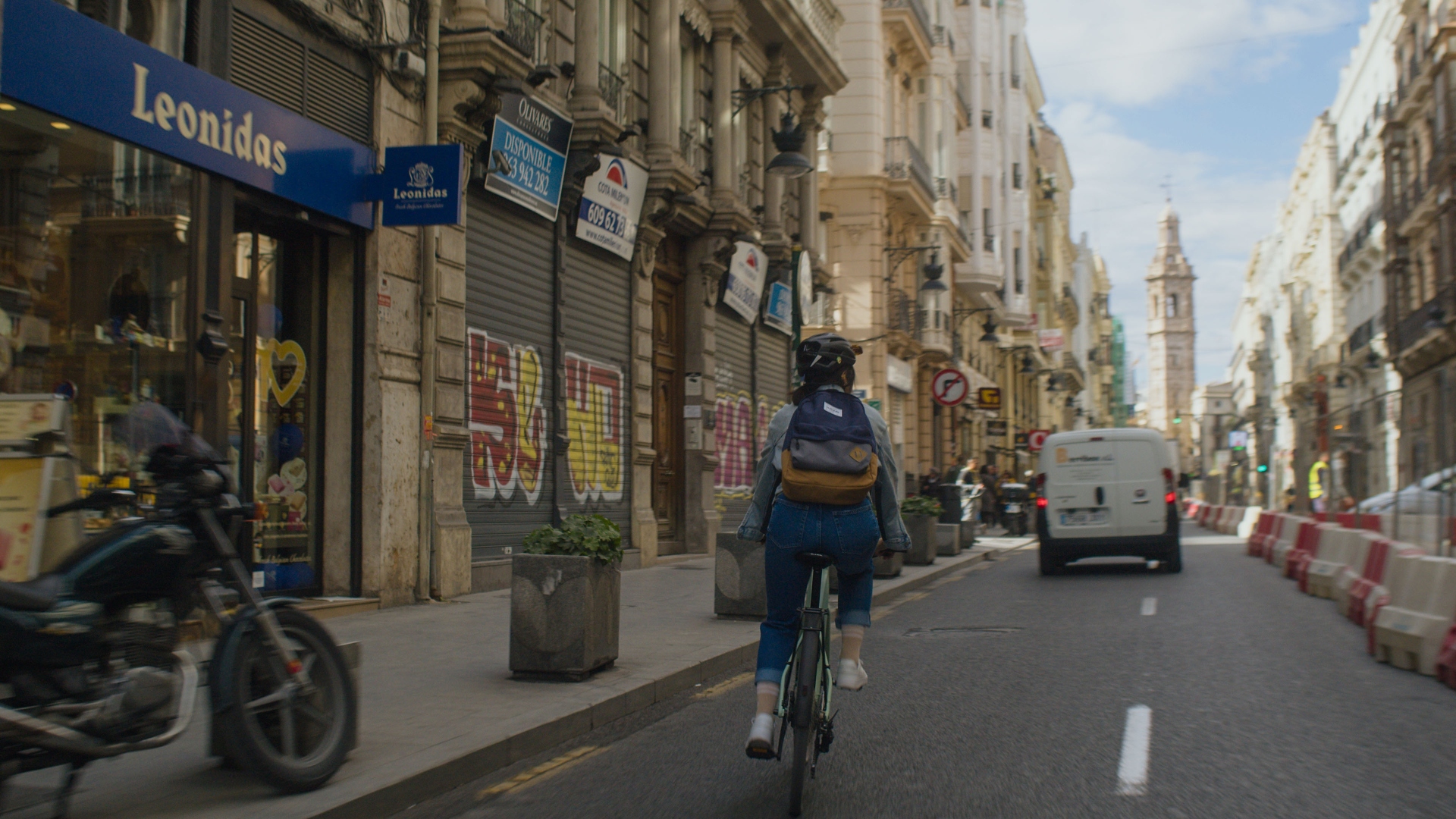Canyon e-bikes will be able to talk to cars by the end of 2026
The German brand is teaming up with V2X leader Autotalks in an attempt to reduce road accidents

In the pursuit of improving cycling safety Canyon has announced it will be integrating V2X (Vehicle-to Everything) technology into some of its e-bikes, with commercial availability expected by the end of 2026.
Delivered in partnership with Autotalks, a leader in V2X communication solutions, the technology will alert other V2X equipped vehicles and infrastructure when a Canyon bike fitted with the chipset is nearby.
Autotalks says that its advanced V2X technology “complements the information coming from other sensors, specifically in non-line-of-sight scenarios, rough weather, or poor lighting conditions”, which “significantly improves overall road safety, effectively coordinating vehicles, self-driving cars, motorcyclists, and pedestrians.”
And now bicycles.
It will be the first time that mass integration of V2X technology into bikes has taken place, and Canyon hopes it will reduce cycling accidents and in doing so encourage more people to cycle.
“At Canyon, we want to inspire people around the world to ride more,” said Lionel Guicherd-Callin, Global Director for Canyon Connected solutions. “We see safety on the road as a barrier to getting more people cycling, so we are excited to partner with Autotalks to bring more V2X enabled bikes to our roads and enable more responsible motor vehicle driving behaviour”.
Autotalks concurs.
The latest race content, interviews, features, reviews and expert buying guides, direct to your inbox!
“Bike safety illustrates the effectiveness of V2X technology in accident prevention and constitutes a fundamental component of the global V2X deployment plan," said Yuval Lachman, VP Marketing and Business Development of Autotalks. "Autotalks' leadership in developing V2X technology to prevent bicycle accidents sends a strong message to the ecosystem about the company's dedication to protecting those who are most vulnerable on the road.”
Autotalks has a number of products currently available, including ZooZ, which it describes as a “micro mobility safety device” for bikes. The V2X device is fitted to the handlebars and alerts the cyclist when a V2X-equipped vehicle is “endangering” them. It also alerts drivers and smart infrastructure that a cyclist is present.
The potential flaw in the system is the lack of vehicles fitted with V2X chips. However, the current numbers may surprise you. According to Canyon’s press release the use of V2X technology is becoming more widespread, with an estimated one million cars on European roads equipped with the technology, as well around 20,000 roadside units equipped for the infrastructure. Canyon says it expects these numbers to “greatly increase in the coming years”.
Luke Friend has worked as a writer, editor and copywriter for over twenty five years. Across books, magazines and websites, he's covered a broad range of topics for a range of clients including Major League Baseball, Golf Digest, the National Trust and the NHS. He has an MA in Professional Writing from Falmouth University and is a qualified bicycle mechanic. He has been a cycling enthusiast from an early age, partly due to watching the Tour de France on TV. He's a keen follower of bike racing to this day as well as a regular road and gravel rider.